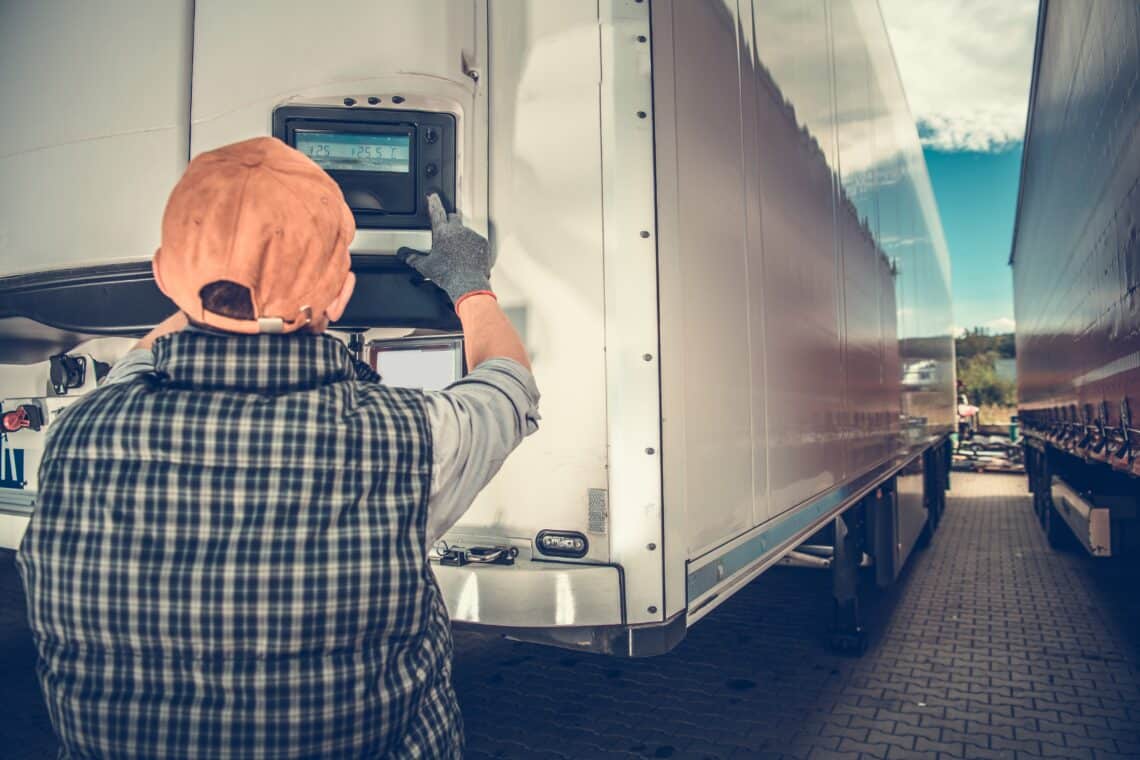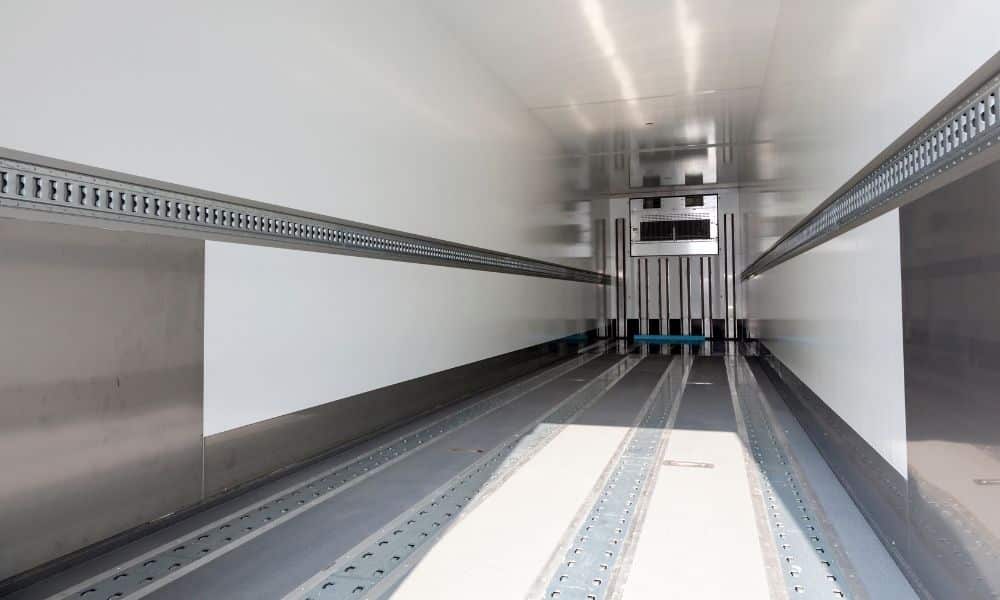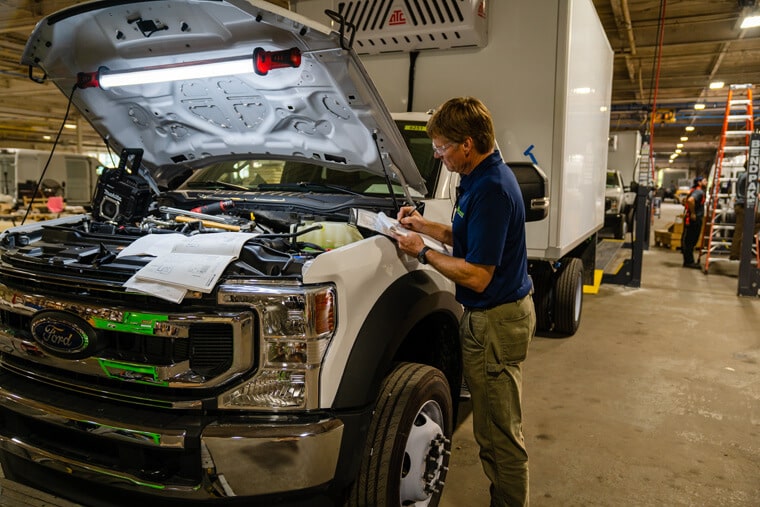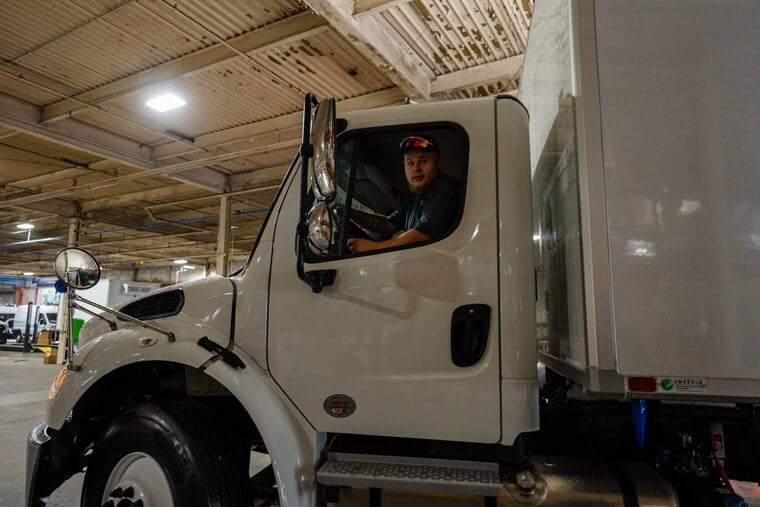
The History of Refrigerated Trucking
Joe Dickman | August 28th, 2020
There are records of people in Israel, China, Greece, and elsewhere storing ice and snow long ago to cool their food and drink. The problem, besides the fact that ice and snow would eventually melt, is that this form of cooling was stationary. It didn’t allow people to ship perishable goods far without a high risk of spoiling. To promote commerce and introduce local foods to new places, communities around the world needed refrigeration. To discover more on the history of refrigerated trucking and how reefer truck technology has evolved throughout the years, read on.
Ice-Cooled Railroad Cars and Trailers
Jumping straight to the 1800s, companies were hopeful custom-designed railcars could stop the onset of heat and bacteria. These insulated boxcars relied on ice and consistent ventilation—J.B. Sutherland’s 1867 patent was first on the scene while Andrew Chase’s 1878 iteration was successful at both insulation and cooling. Though they certainly expanded perishables’ range of transport, there were limitations. As always, ice would eventually melt. On top of that, certain substances, such as sulfur dioxide, in these systems were toxic upon inhalation.
Mechanical Refrigeration
Mechanical refrigeration ended this reliance on ice and had large-scale benefits. In 1939, Fred Jones, the founder of US Thermo Control Company, invented the first portable air-cooling unit. These attached to the outside of a reefer truck’s trailer and cooled the inside, the precursor to today’s modern reefer cooling implements.
As World War II pressed on, mechanical refrigeration allowed the military to transport frozen goods as well as perishable medical supplies such as blood for transfusions. Domestically, this technology opened wide the door for broad food transportation. To illustrate how vital Fred Jones’s innovation was during this time, President George H.W. Bush posthumously awarded Jones the National Medal of Technology. Jones was the first African American to ever earn this honor.
Today’s Refrigeration Technology
Today, subsequent improvements have made this technology very precise and reliable. Not only are insulation and refrigeration materials more effective than ever, but essentially every reefer truck has exact temperature monitoring plus remote temperature control. That way, drivers can know the exact condition of their shipment with ease and manage an issue quickly. Meanwhile, trailers have electronic door seals that go even further toward smartening up your vehicle and keeping the cold in. Throughout this long history of refrigerated trucking, companies could only dream of technology like we have today.
If you’re interested in adding to your fleet, Emerald Transportation Solutions has several types of high-quality refrigerated vans for sale as well as larger reefer trucks.
Related Articles
Contact Us
Feel Free To Contact Us If You Have Any Questions
What does under DOT mean?
Questions regarding DOT requirements come up often. 10,000 lbs GVW (gross vehicle weight) and over are commercial vehicles that fall under the Department of Transportation regulatory requirements.
What is the difference between GVW and payload?
GVW or Gross Vehicle Weight is the entire weight of the vehicle including the payload. The payload weight represents the amount of cargo you are hauling.
What is a self-powered unit and a vehicle-powered unit?
A self-powered unit has its own fuel source and will run independent of the truck. This is the heaviest and most expensive option. While vehicle-powered units run off the engine via a compressor mounted on the engine. These are less expensive and lighter in weight but you must run the truck or plug the electric standby into shore power.
What does K-factor mean and why is that important?
K-factor is a term that stands for the overall insulating value of the container (truck body). Quite simply the lower the K-factor the better the truck body will be able to maintain a given temperature and require less energy to do so.
How much lighter is a Poly Van vs a US spec body?
Poly Van bodies are very light. On average we estimate we are 75-150 lbs per foot lighter than a traditional sheet and post foamed in place body. These weight savings translates to less fuel burn and less CO2 emissions, along with added payload, the most important benefit.






